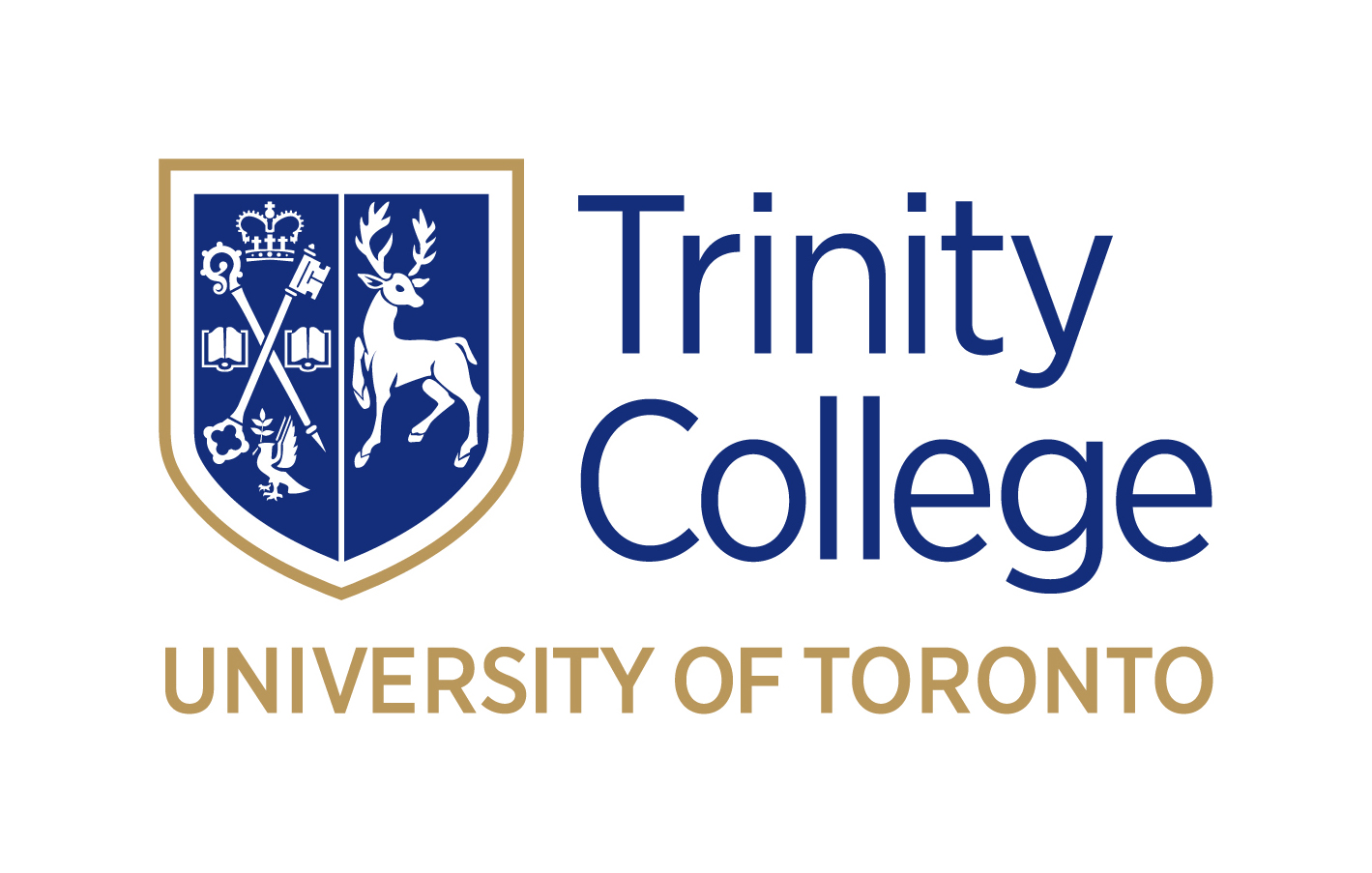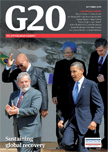

 |
 |
|

The Trouble with Trade:
The Pittsburgh G20 Leaders' Review
By Alan S. Alexandroff, Program on Conflict Management and Negotiation, University of Toronto, and The Centre for International Governance Innovation, and Andrew F. Cooper, The Centre for International Governance Innovation
To download a low-resolution pdf, click here. (Be patient! It's 7.7 MB.)
Despite the rhetoric, the Doha round has to reach a conclusion. It must end, even if it is the smallest of outcomes
The onset of the global financial crisis saw a serious deterioration in global trade. After a 27-year boom, predictions for 2009 suggest a contraction of some 9.7 per cent in global trade. Even those countries that achieved spectacular trade growth in previous years, most notably China and India, suffered a significant decline in trade with the global crisis.
The G20 leaders, at their first summit in Washington on 14-15 November 2008, pressed forward on financial reform but were quick to commit to an open global economy. They declared it critically important to reject protectionism and avoid turning inward in the face of falling growth and rising unemployment.
They declared: “Within the next 12 months, we will refrain from raising new barriers to investment or to trade in goods and services, imposing new export restrictions, or implementing World Trade Organization (WTO) inconsistent measures to stimulate exports.” For emphasis, they tasked their trade ministers to “reach agreement this year on modalities that lead to a successful conclusion to the WTO’s Doha Development Agenda, with an ambitious and balanced outcome.”
This trade concern has not receded. In the follow-up G20 summit held in London on 1-2 April 2009, the leaders renewed their commitment to the ‘Standstill Provision’ and extended it through 2010. On the Doha negotiations, they reaffirmed their pledge to reach “an ambitious and balanced conclusion”.
At the G8 summit in L’Aquila, Italy, on 8-10 July 2009, the many G20 leaders present restated their promise to successfully conclude – by 2010 – the Doha round. They also requested their trade ministers to meet to “explore immediately all possible avenues for direct engagement within the WTO and to meet prior to the Pittsburgh Summit”.
The decline in trade and the explosion of unemployment across the G20 countries, especially the advanced economies, as the financial crisis spilled over into the real economy of these countries, raised serious concerns that domestic political responses would be to erect trade barriers to protect domestic production. G20 leaders were alert to such a reality, acknowledging the response to the last great crisis – the Great Depression of the 1930s.
But how determined have the G20 countries actually been – beyond their pronouncements at G20 summits – to avoid protectionism? The WTO and the World Bank have monitored and published various aspects of trade policy since the Washington Summit. Both have raised concern over troubling trade policies. As early as February 2009, Elisa Gamberoni and Richard Newfarmer, acting independently from the United Nations, the WTO and the World Bank but using World Bank data, suggested that of 66 trade measures identified, 47 trade-restricting measures took effect. From these early analyses, it was apparent that traditional protection, namely tariff restrictions, represented only about half of the identified actions. Instead, many discriminatory measures were procurement restrictions in stimulus packages, export subsidies, and bailouts and subsidies to industries.
It appears that many developed countries relied on these rather than border barriers. Traditional trade remedies, especially anti-dumping, have been employed more by developing countries against other developing countries (including India and China). In contrast, as Craig VanGrasstek, a US trade expert, argued regarding trade remedy: “In the United States today we have less evidence for protection now than I have seen in previous recessions.”
The data from these international organisations, and specifically the WTO, focus only on trade measures that are inconsistent with WTO agreements. Because many state trading measures that include nationalist and indeed potentially discriminatory measures are unlikely to be gathered through such monitoring, several think tanks, including the Centre for Economic Policy Research (CEPR) and The Centre for International Governance Innovation (CIGI), have together initiated an independent global effort to monitor all state measures that might discriminate against foreign commercial interests, including imports, exports, foreign investments (including intellectual property) and foreign employees.
With the assistance of trade experts from among the G20 members, the Global Trade Alert (www. globaltradealert.org) has collected and published data on trade measures that might discriminate against foreign commercial interests. Results show that the G20 countries have implemented a significant number of discriminatory measures since the G20’s November Standstill Provision. While there has been no across-the-board rise in protectionism – to the relief of trade experts – the surge in national industry bailouts, stimulus packages and subsidies nevertheless includes worrying aspects and even a trend to include foreign commercial discrimination in legislative efforts to protect domestic jobs.
On the G20’s companion commitment to end the Doha round successfully, the rhetoric also appears to exceed the commitment to reach a conclusion.
Following the first G20 summit, senior officials in Geneva in December 2008 failed to make progress in the critical four areas identified by WTO director general Pascal Lamy – non-agricultural market access (NAMA), tariff cutting, initiatives for specified sectors, the special safeguard mechanism for developing countries to protect against agricultural import surges and the issue of NAMA preference erosion. Lamy called off the hoped-for December 2008 ministerial to mark negotiation progress.
On 24 July 2009, following the G20’s promise in April to conclude the round by 2010, Lamy said he anticipated a very busy fall for all the groups negotiating the Doha round and that he felt that the member countries were making progress toward a successful conclusion. Yet just a few days later, Rahul Khullar, India’s commerce secretary, stated that completion of the Doha round was out of reach in the current circumstances, given such public anger over job losses and lack of economic growth.
Doha must be ended, even if it achieves the smallest of outcomes. The WTO’s legitimacy is no longer being undermined by the failure to conclude the negotiations successfully but by the failure to end the round at all. Some time in the future the WTO can turn its attention to the new means of trade protection: non-tariff barriers generally, and bailouts, subsidies and discriminatory procurement specifically.
|
This Information System is provided by the University of Toronto Library |
All contents copyright © 2023. University of Toronto unless otherwise stated. All rights reserved.